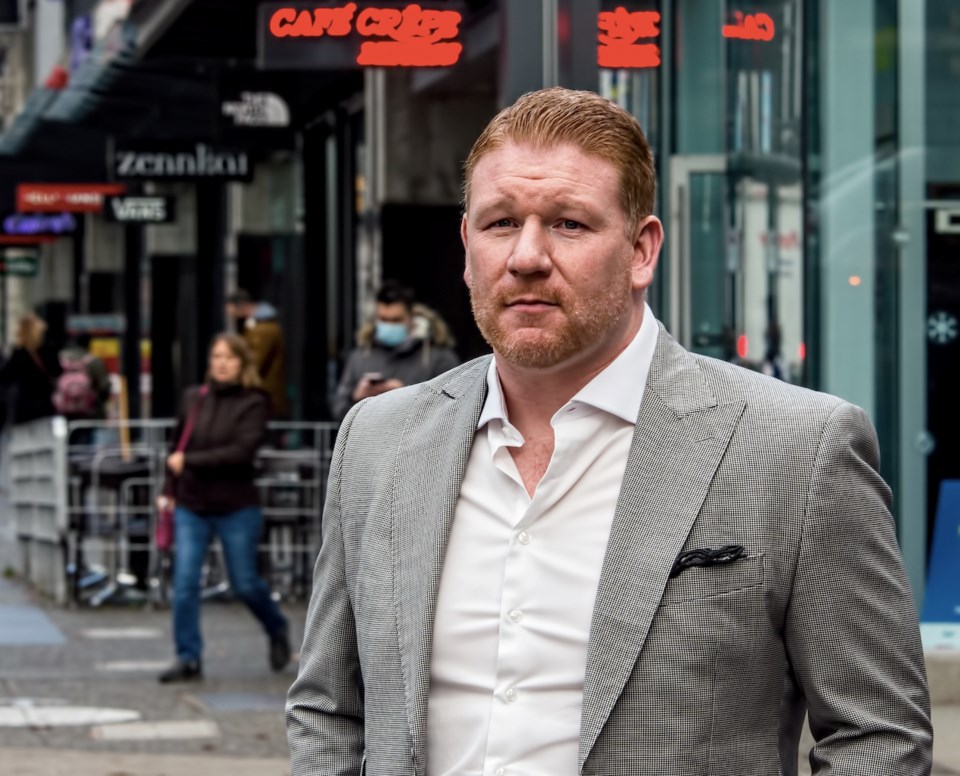Sale prices are holding for Metro Vancouver street-front retail property, even though many storefronts have closed or face restrictions and some lease rates have fallen since COVID-19 began, studies show. Victoria and Kelowna, the No. 2 and 3 metro regions in the province, are seeing similar action, agents confirm.
Recent Metro Vancouver done deals show a Main Street retail complex selling for $700 per square foot and the lot beneath a shuttered West Hastings clothing store for more than $3,500 per square foot. Retail strata from North Vancouver to West Broadway transacts for up to $1,500 per square foot, the same level as post-pandemic 2019.
Metro Vancouver’s retail vacancy rate is 2.3 per cent, according to a CBRE survey, about half the current national rate of 4.1 per cent.
“Our vacancy rates are so low that even if we see a doubling of rates, they would just be back to a healthy market,” said Cory Wright, principal of William Wright Commercial.
Investors, not owner-occupiers, continue to drive demand for retail real estate, due to a perception that the vaccines may end the pandemic during the first half of 2021, combined with historically-low lending rates of sub-2 per cent and steady capitalization rates, Wright noted.
Investors are also buoyed by B.C. consumer spending which has barely missed a beat, averaging $7.6 billion per month since March 2020 and reaching $8 billion in October. Metro Vancouver retail sales in October hit $3.7 billion, up 11 per cent from October 2019, Statistics Canada reports.
A well-positioned Vancouver storefront or strip mall can return cap rates of 3.5 per cent to 5 per cent according to a third-quarter 2020 survey by Colliers International, with grocery-anchored malls and regional shopping centres ranging from 4 per cent to 5.5 per cent.
“What you can get on the street will beat the bank,” said Eric Poon, an agent with Macdonald Commercial, who often handles Vancouver retail property sales and leases.
Poon said some pockets of the city – including the South Granville shopping stroll – have seen much higher vacancies this year but land and property prices have remained solid.
“We are not seeing price reductions,” Poon said, confirming that the bulk of his buyers today are local investors.
In Gastown, which has borne the brunt of the pandemic as the cruise ship and tourism industry cratered and homelessness increased, 16 new stores have opened since June and tenants are paying north of $60 per square feet.Old Gastown commercial buildings are selling for nearly $1,000 per square foot, the same price as a year ago.
“The quality of the buyers has increased during the pandemic and sellers have not had to give anything up,” Wright said.
Victoria & Kelowna
Attractive as Metro Vancouver retail may appear to long-play investors, the real future is in secondary B.C. markets, agents say. The outflow of people from inner Metro Vancouver to smaller cities is more than a pandemic trend and that commercial investors can take advantage, Wright said.
Real estate prices are much lower in Victoria or Kelowna, he noted, yet lease rates and yields are similar or better than in the big city.
Wright, who recently opened offices in Victoria and Kelowna, said Victoria is still a ground-level opportunity for investors. He noted that major players, including Chard Properties, Nicola Wealth, Reliance Properties and the mammoth Jim Pattison Group have been buying up entire blocks in Victoria’s Old Town, the North Douglas Street zone and Harris Green neighbourhoods for large residential developments. Harris Green near downtown – Yates Street and Johnson Street area - alone has plans for 2,2000 condos and rentals in an eight-block radius.
“This is like getting into Vancouver’s Yaletown district two decades ago,” Wright said, “As people move into these areas, you are going to see explosive demand for service-type retail.”
Kelowna is also seeing both an influx of new residents and rapid development, most of it concentrated downtown where the University of B.C. Okanagan is expanding its campus and a series of new residential towers are rising.
Despite the pandemic, Kelowna’s retail sector this fall saw the vacancy rate fall to 4.3 per cent, down from 5.5 per cent a year ago, according to HM Commercial, the largest real estate agency in the Okanagan city.
Prime commercial land in Kelowna is selling for less $170 per square foot, but strata retail space attracts investors and owner-occupiers at $500 per square foot or higher, and downtown lease rates range from $35 to $50 per square foot. The result is a typical capitalization rate for retail investors of from 5.5 per cent to 6 per cent, HM reported.



